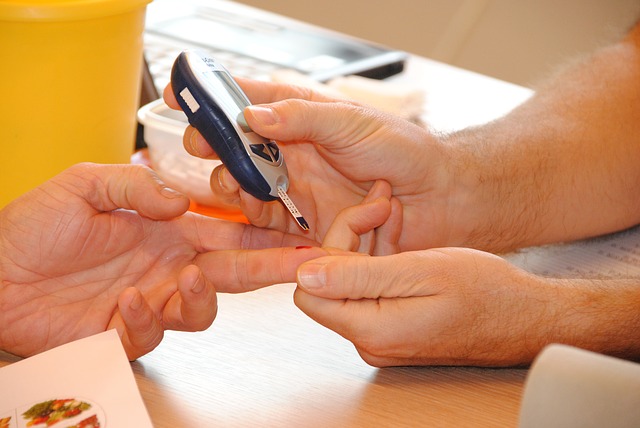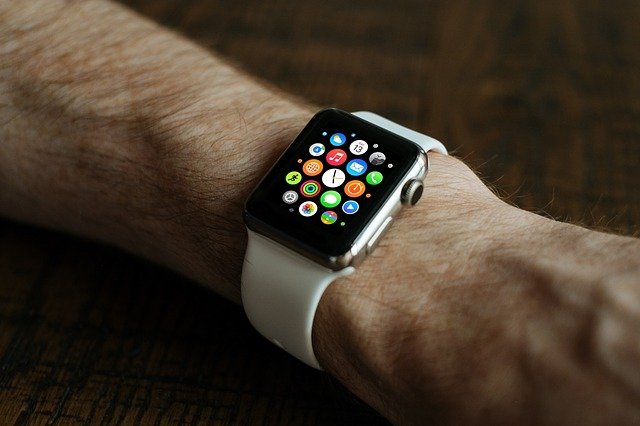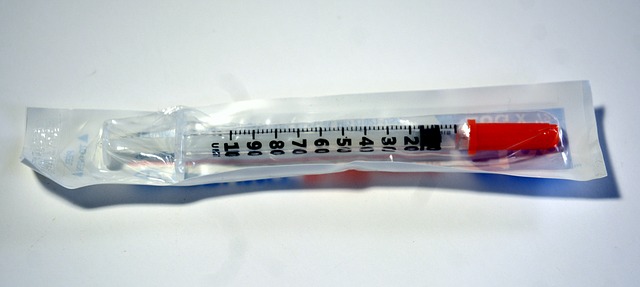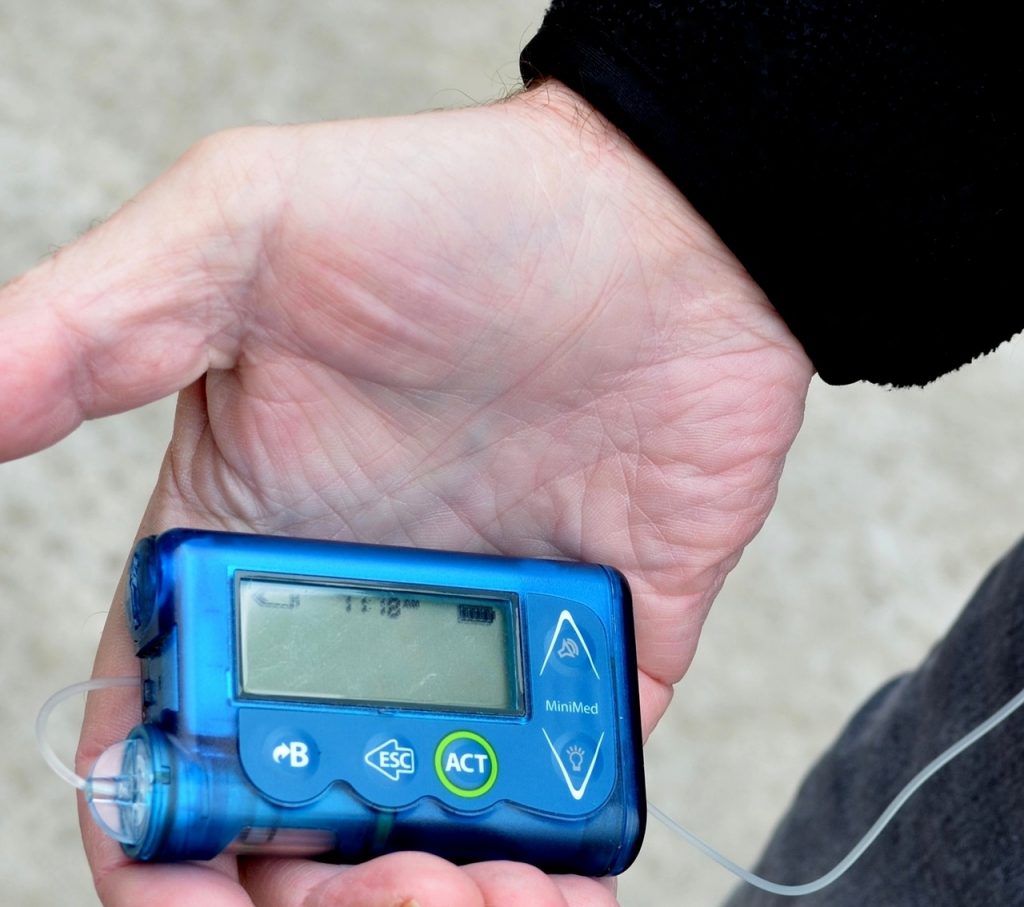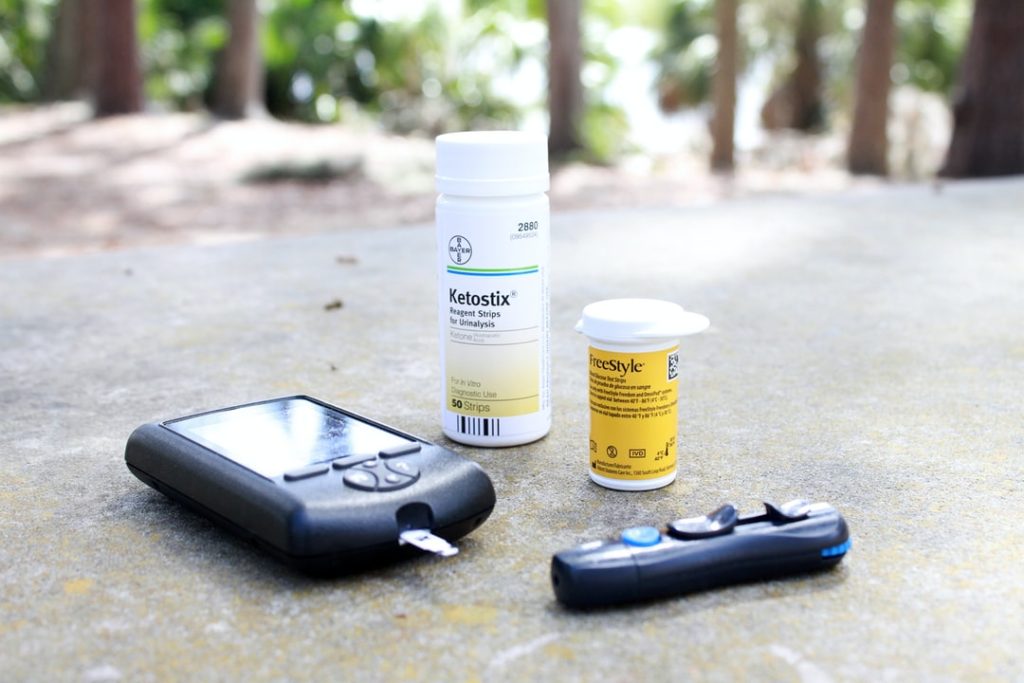There’s a very lucrative third-party market in the U.S. for diabetic test strips and the sellers are providing a major service for people with diabetes. Test strips are a critical tool for monitoring, and managing the disease and diabetics can’t do without them. There’s an enormous market for test strips that earns cash for those that have them and helps save lives of those that need them.
Millions of uninsured and underinsured diabetics can’t afford the test strips they need. Others that do have insurance may encounter expensive co-pays they can’t meet. Further complicating the monthly test strip ordeal for diabetics is locating affordable test strips for their particular meter. Test strips are not interchangeable among different meter brands.
Many individuals hesitate to capitalize on an excess of test strips under the false impression that they’ll get in trouble for selling them. Nothing could be further from the truth. It’s completely legal to sell diabetic test strips since they don’t require a prescription and anyone can buy them over-the-counter.
However, there are a few restrictions. Test strips that are paid for by government-based insurance such as Medicaid or Medicare can’t be sold. To be accepted by a reseller, the test strips must have a sufficiently long expiration date, the boxes must be in unopened, and in excellent condition for the safety of those that will use them.
The sale of diabetic supplies is an industry that nets more than $12 billion dollars for pharmaceutical companies each year. Many big pharma companies offer programs purported to help those in need. However, qualifying for the programs can require extensive paperwork, much of which must be completed by a physician. Income limits apply also apply and are set at extremely low levels.
Selling diabetic test strips places cash in the pocket of the seller and has the potential to save the life of someone that can’t afford them. The cost set by resellers is lower than what individuals would pay for the test strips in retail settings. Test strips are critical for diabetics and those selling extra strips can conceivably be saving a life while putting extra cash in their pocket.
If you would like to find out about earning cash for your unwanted, unused and boxed test strips, complete our online quote form today.
If you have extra, unopened and unused boxes of diabetic test strips – whether you have switched brands, no longer need to test or test less frequently, or have a loved one who has passed away – don’t let them gather dust until they’ve expired and end up in the trash. We’re the best place to sell diabetic test strips online, and if you want to sell your test strips, we’re here to make the process easy and enjoyable!
Visit us at Sell Your Test Strips and get your free quote today!


